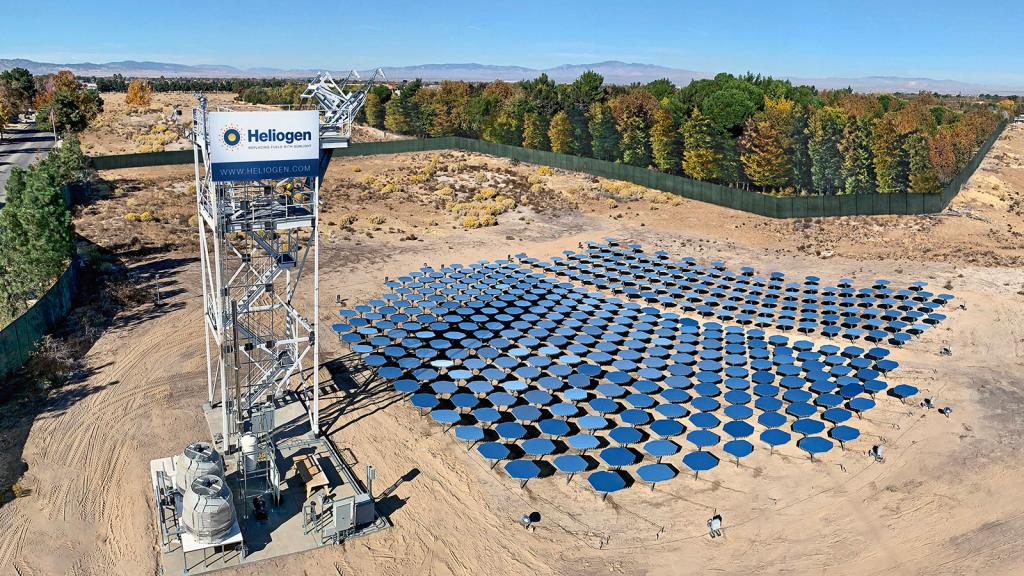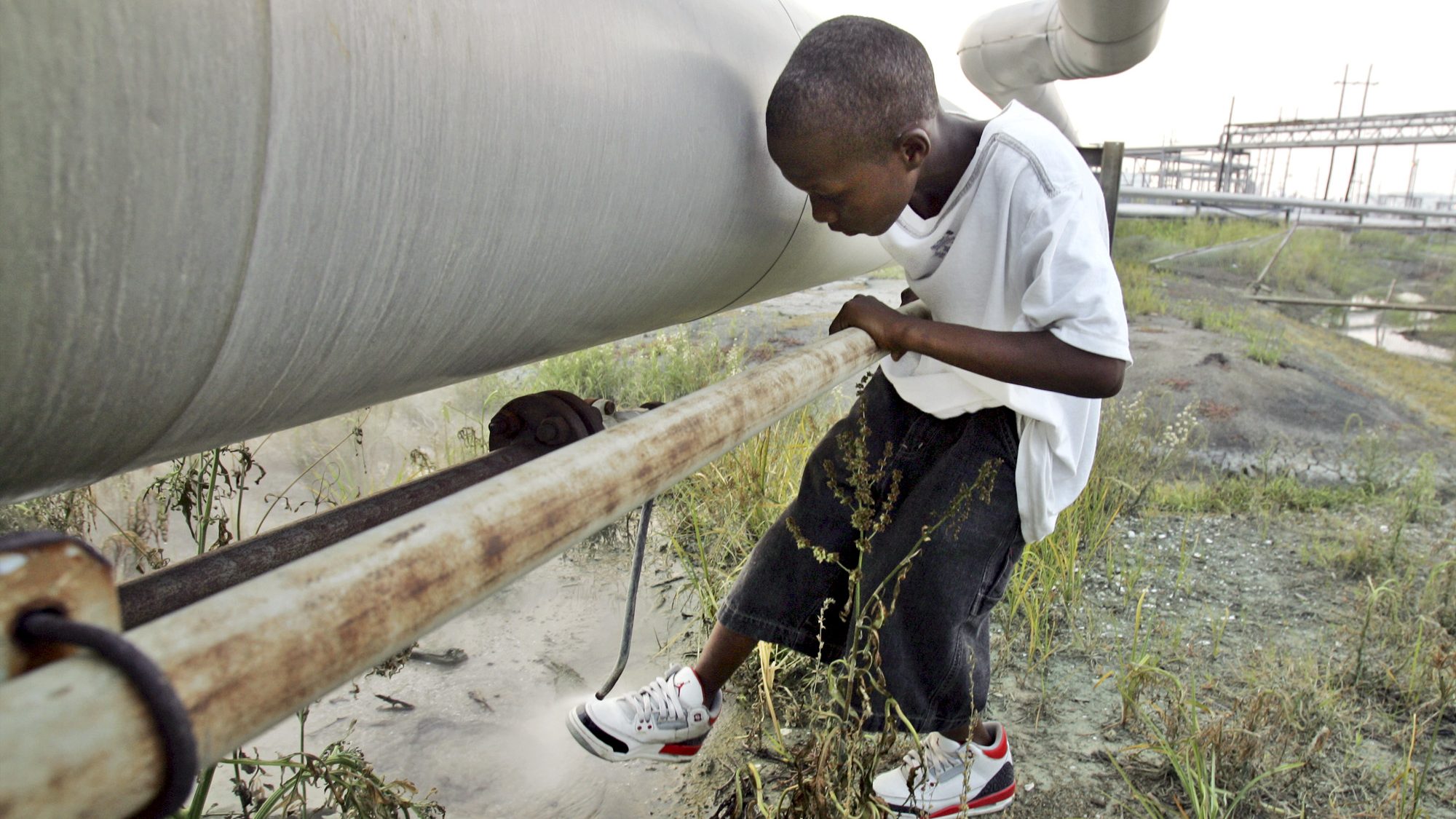Scientists across the country expressed alarm this month over a leaked proposal that details a potential Environmental Protection Agency policy that could significantly limit what research it uses to create public health regulations. The draft obtained by the New York Times is a revision of a draft released in April 2018 in which the agency called for transparency in scientific data, including people’s private health information.
While researchers have warned that the proposed rule will hamper efforts to protect Americans from environmental hazards, Anita Desikan, a research analyst for the Union of Concerned Scientists, told Grist that it will have an even more disastrous effect on vulnerable communities already burdened by pollution and economic inequities. Specifically, she said, it could affect how the EPA regulates harmful chemicals that plague communities of color, low income residents, and indigenous groups.
“One of the things that we’ve noticed in our research is that when science is sidelined, it has impacted communities that face the brunt of the harm,” said Desikan.
Scientists have overwhelmingly opposed the EPA’s original proposed “Strengthening Transparency in Regulatory Science” rule. According to the International Society for Environmental Epidemiology, which represents researchers studying the environmental causes of illness, the move would deprive policymakers of evidence “based on real exposures of real people.” This data has traditionally been used to establish regulatory standards on everything from pesticides to drinking water.
On Friday, The Hill reported that the EPA has repeatedly delayed the meeting of its Science Advisory board, which is supposed to review the proposed rule. According to the story, critics have voiced concern that the delays may be a stall tactic by the agency to finalize the policy before the public can hear the board’s evaluation of it.
In a statement this month responding to a story about the leaked proposal, the EPA disputed the Times’s reporting that the rule would require scientists to disclose their raw data, including confidential medical records.
In response to media reports and a recent congressional hearing on the EPA’s rulemaking process, the top editors of six major scientific journals — including Science, Nature, and The Lancet — stated unequivocally today that the proposed rule is a danger to long-standing research processes that protect confidentiality. The editors also expressed concern that if the proposed rule is applied retroactively to regulations or when a regulation is updated, this would exclude past scientific research forming the basis for current standards that, for example, regulate air and water quality. In a joint statement, the editors urged others in the research community to share their concerns with the EPA and Congress.
“Foundational science from years past,” they wrote, “could be deemed by the EPA to be insufficient for informing our most significant public health issues. That would be a catastrophe.”
While implementing this rule would influence standards that affect all people, Desikan said there are several reasons why these restrictions could reverberate more in vulnerable communities. The first is connected to the transparency claim the EPA has stated is behind the rule change. Experts like Desikan’s colleague Andrew Rosenberg say the proposed rule would bar the EPA from considering public health studies that are based on confidential private medical information.
“It sounds like a small technical change, but it has the potential to do enormous damage,” Rosenberg, the director of the Center for Science & Democracy at the Union of Concerned Scientists, wrote in Scientific American.
Losing the ability to ensure confidentiality for subjects in these studies could have a chilling effect on participation, Desikan said. Medical information, such as a person’s history with drugs or alcohol or the results of a cancer diagnosis, could be exposed through this new rule, she explained.
And since federal health and safety standards are grounded in science, the new EPA rule will grind the agency to a halt in terms of its ability to use science to protect people’s health and safety, Desikan said. “The repercussions will be that suddenly community advocates won’t have environmental justice data that they can use for advocacy efforts,” she explained. “They won’t be able to go to their state officials or city officials and say, ‘Here’s a study that corroborates the concerns we’ve been telling you about for years.’”
Here’s an example of how the rule could affect science at the EPA: Last year, the agency and the White House attempted to block the release of a study by the Agency for Toxic Substances and Disease Registry (ATSDR) on the health effects of exposure to PFAS (per- and polyfluoroalkyl substances), a class of hazardous, man-made chemicals that can be found in drinking water and products from waterproof outerwear to household cleaning solvents. Public outcry led the EPA to reverse course. The study included research from the C8 Science Panel, which examined the impact of one of the PFAS chemicals, PFOA, in Parkersburg, West Virginia. Scientists found probable links between PFOA exposure and six health issues, including high cholesterol, thyroid disease, testicular cancer, and kidney cancer.
The C8 Science Panel study relied on thousands of people’s confidential medical information– and under the new proposal could be discounted in EPA regulations regarding PFOA, Desikan said. This has broader implications, she added, given the widespread use of PFAS, which are also known as “forever chemicals,” for how long they can remain in the environment.
In a report released last month called Abandoned Science, Broken Promises, the Union of Concerned Scientists found that based on U.S. census data, low-income households and people of color are more likely than the average American to live within five miles of a site contaminated with PFAS. This includes industrial and military sites that used or released the chemicals, which have been found in the drinking water supply near these sites.
In an interview with the New Yorker, Harvard Professor of Environmental Epidemiology Douglas Dockery said his greatest fear is that, under the EPA proposal, the agency won’t be able to use epidemiological studies — which often rely on private health data — to identify new environmental threats. Citing PFAS as an example, Dockery noted that the rule would “give free rein to a whole range of additional hazards in the environment.”
According to H. Christopher Frey, an air quality expert and professor of environmental engineering at North Carolina State University, the new revisions to the EPA’s proposed rule, uncovered by the Times, don’t appear to take into account the numerous ways there are to determine the merit of a scientific study besides transparency. From a legal perspective, he pointed out, the proposed rule would contradict the federal Clean Air Act, which requires a thorough review of the best available science.
“I don’t think anyone is opposed to transparency,” Frey told Grist. “But to make that a simplistic, adamant requirement to the exclusion of whether the study is credible or rigorous or relevant or provides useful information — it’s obviously a tactic to just throw out relevant science.”
The EPA has confirmed that the agency still plans to issue a final rule next year and that the public will be able to comment on the draft supplemental notice that outlines revisions to the proposed rule.
“When you have decision makers who have an ideological agenda, they typically want to get rid of anything that could threaten that agenda, including reality — and that includes science,” Frey said. “Science is not always going to lead to the outcome they want, and so [the proposed rule] just sidelines the science.”



